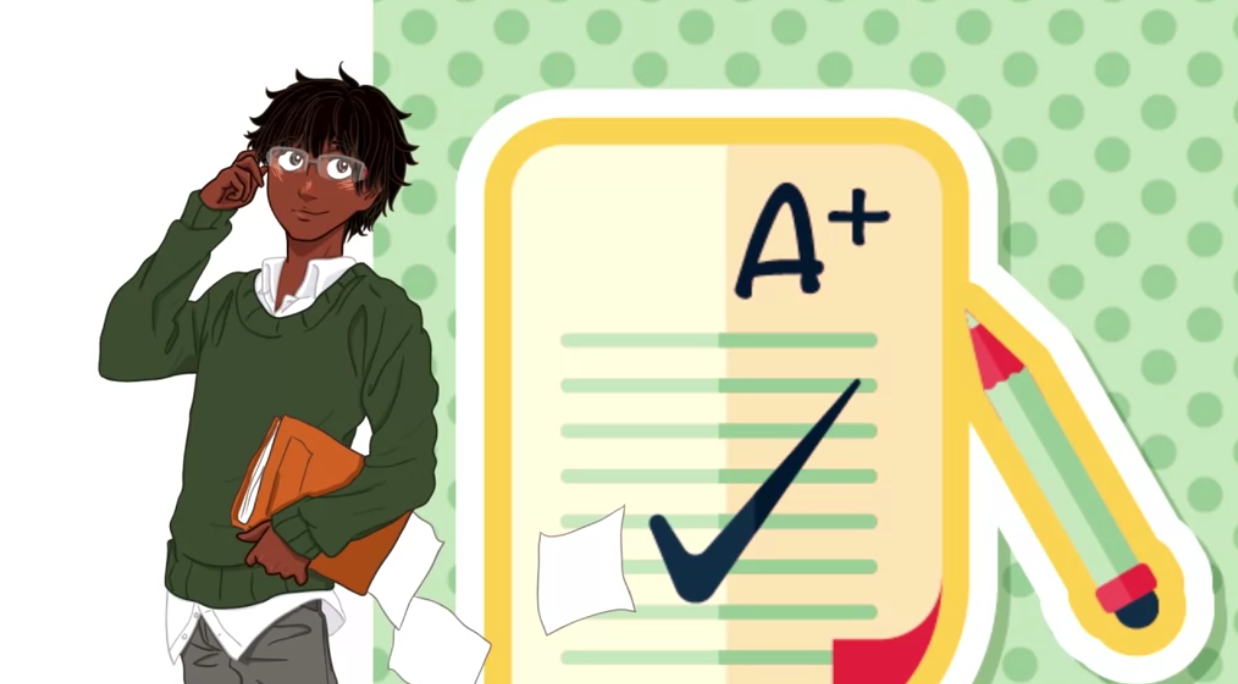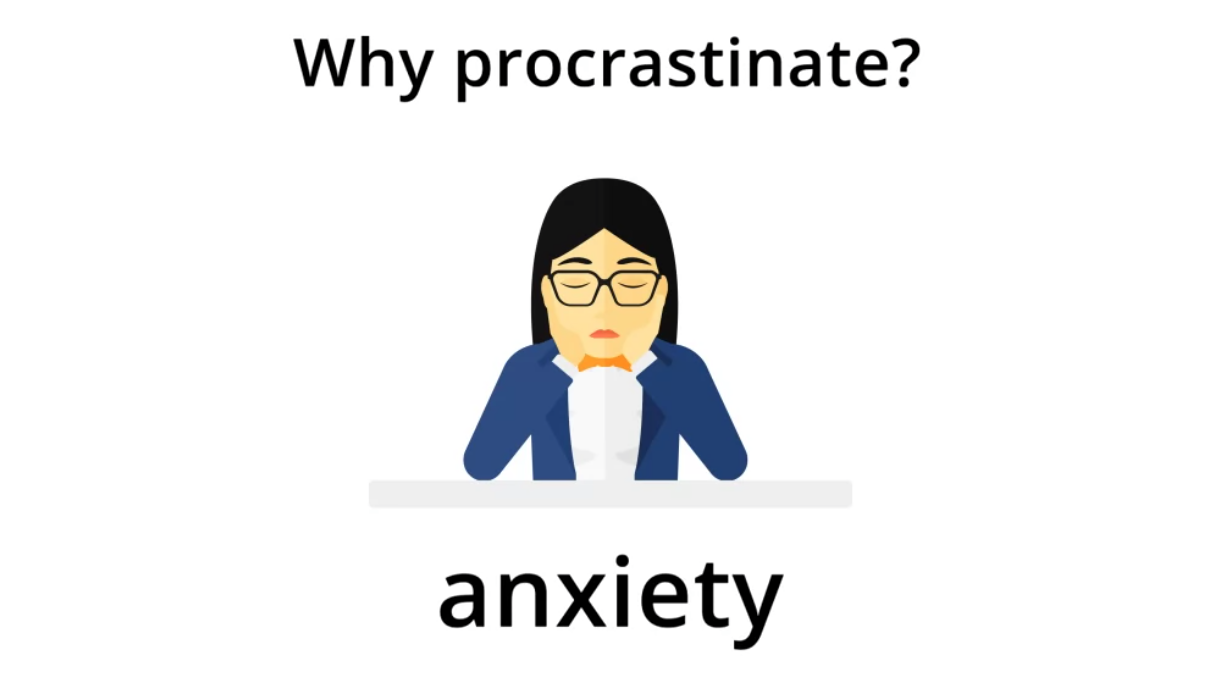How to Write a Paper
1. Determine your topic.
Select a topic that is broad enough so that you will find information, but focused enough to keep things under control. Pick a topic that interests you so that you’re motivated to write about it.



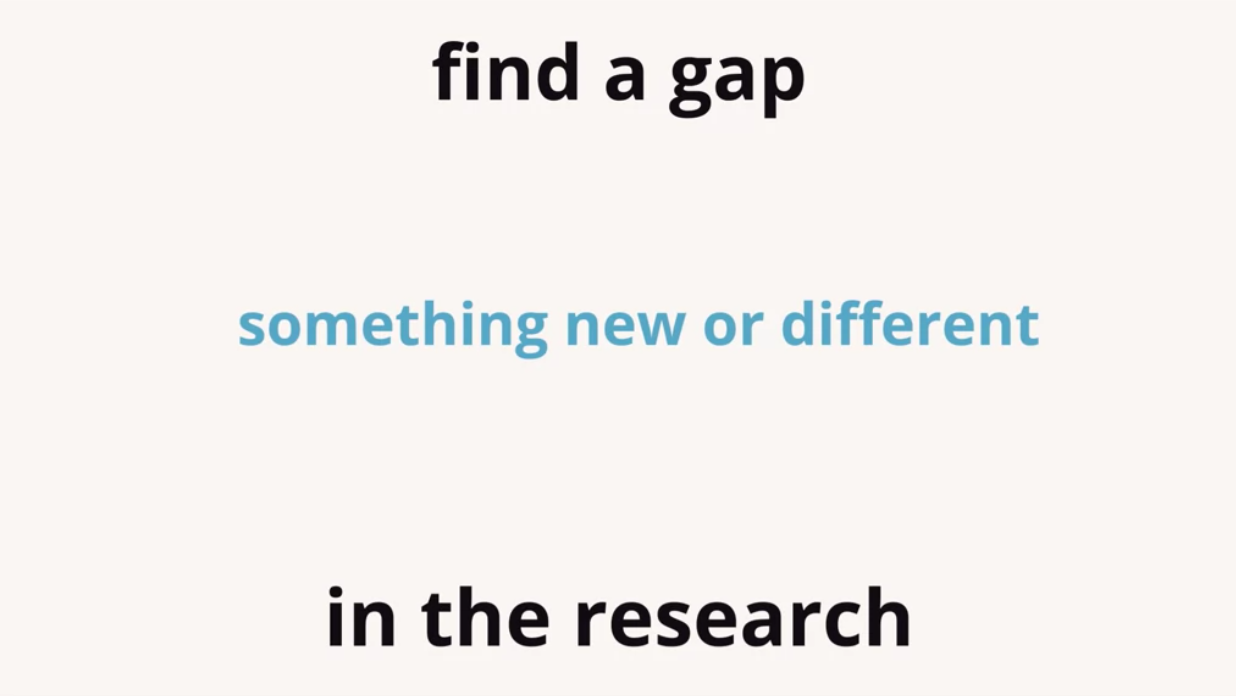
Get Curious
Avoid Strong Opinions
Ask Questions
Find Gaps
2. Analyze the assignment
What exactly are you being asked to do? Are you writing a basic research report, or something more complex, such as an argumentative essay?
3. Prepare an outline or diagram of your ideas
Put your ideas on paper to help you get organized. You might prefer a more logical structure like an outline, or a more free-flowing diagram like a mind map.
4. Write your thesis statement
Your thesis statement tells the reader what your paper is about. It’s the main point of the paper and is typically found at the end of the introduction.
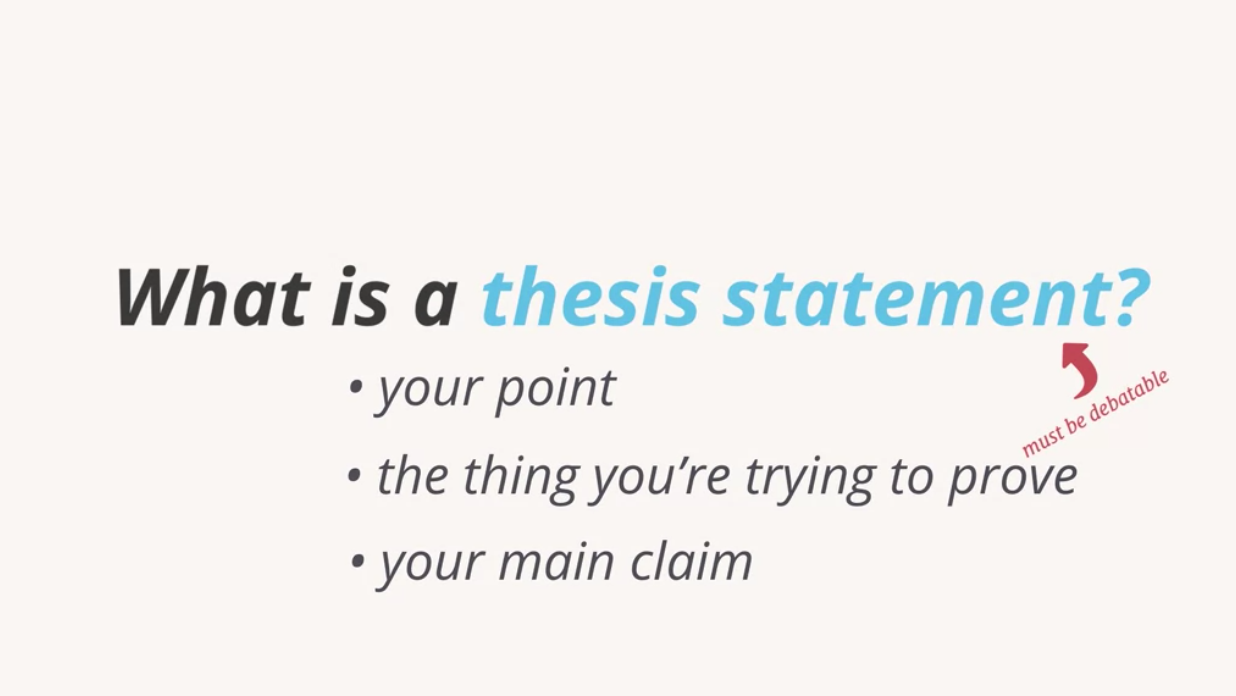
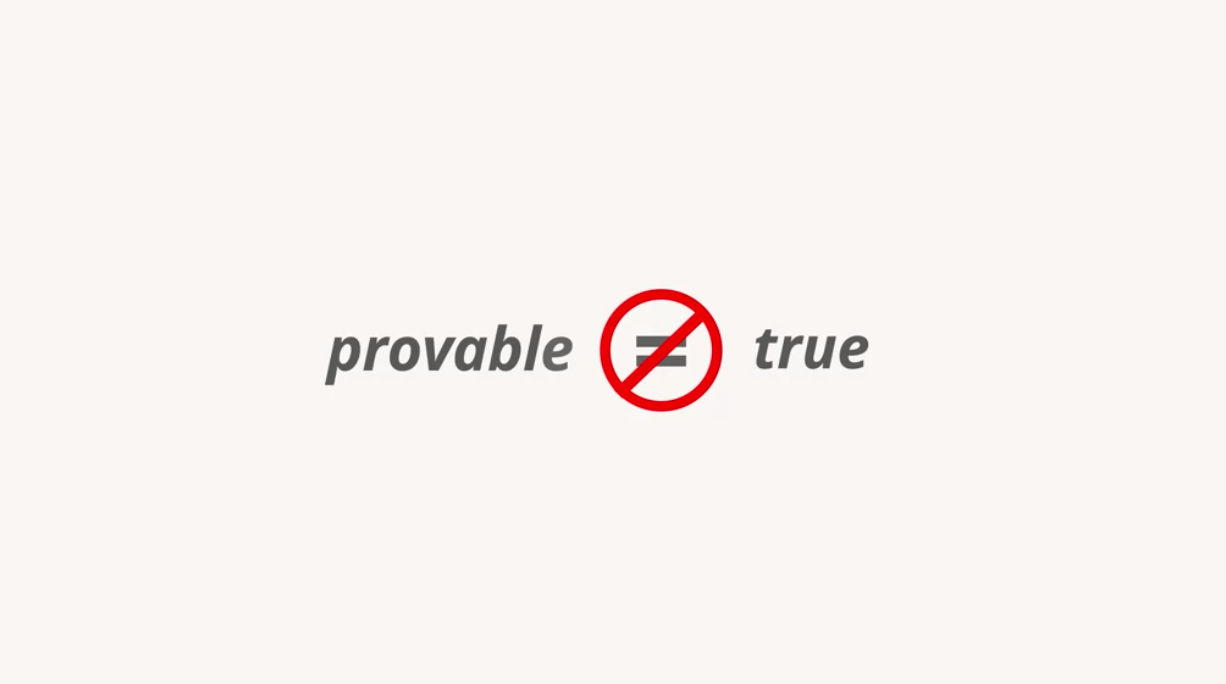
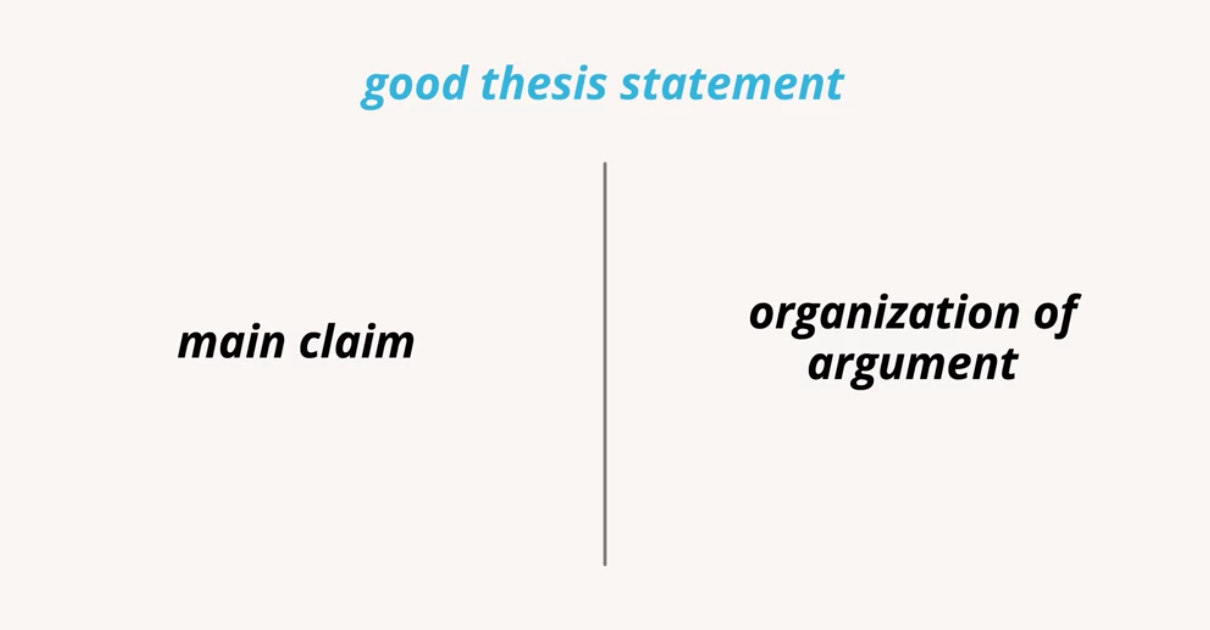

Debatable
Provable
Educational
The Mechanics
Example of a Thesis Statement
An example of a thesis statement is, “E-cigarettes are a safer alternative to smoking.” For a thesis to be effective, it needs to be debatable. For example, “Smoking is harmful to your health” is not a good thesis statement because science has long proven that smoking is harmful. However, “E-cigarettes are a safer alternative to smoking,” is a debatable claim because the science isn’t settled on e-cigarettes. Check out the video playlist below for more information about writing effective thesis statements.
5. Do the research
Research can seem intimidating sometimes, but like many things, it is a learned skill that will get easier with practice. Visit the Bryan Library to get started.
6. Be careful not to plagiarize
Plagiarism can be confusing. Follow our Plagiarism Guide to make sure that you don’t plagiarize accidentally.
7. Write the body
For the body of your paper, write the main points, write the sub-points, and then elaborate on the sub-points.
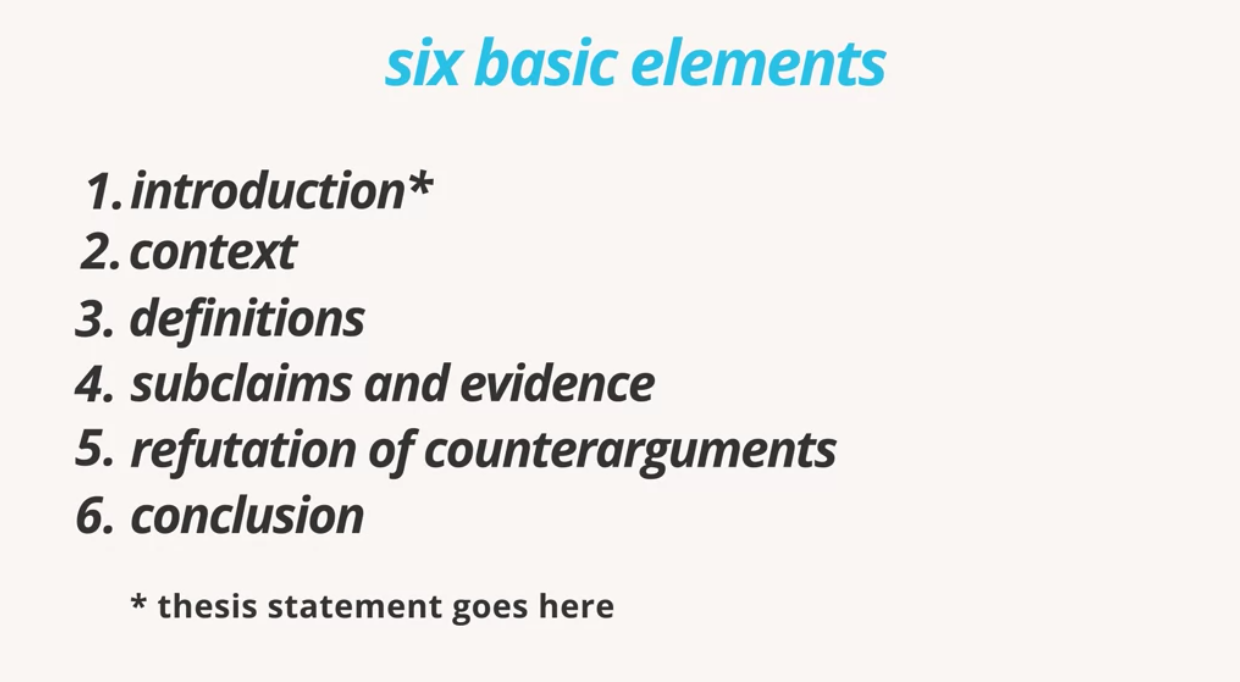

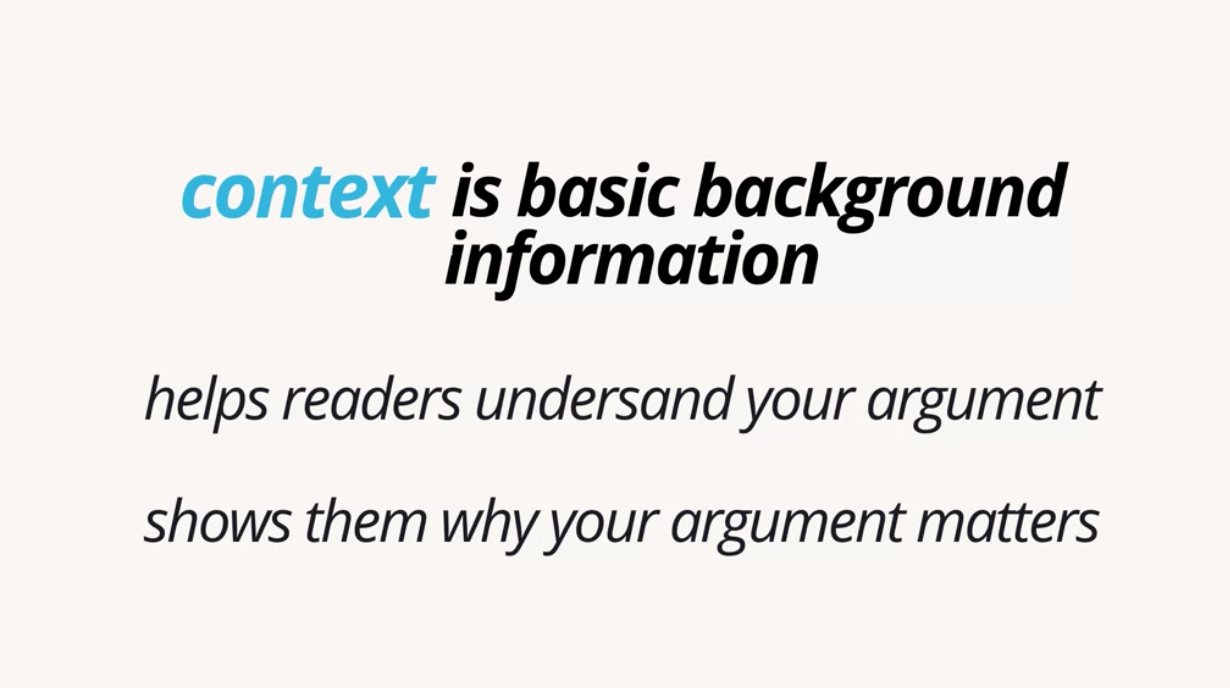
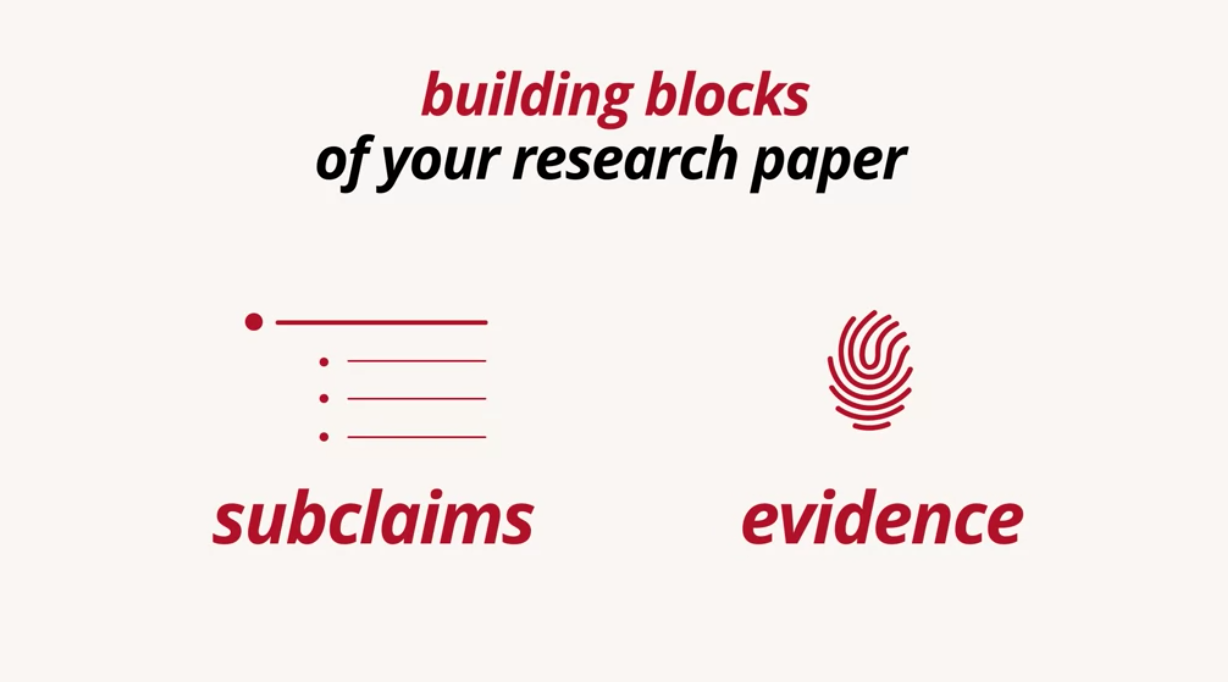
Beyond 5 Paragraphs
Audience
Context
Subclaims
8. Write the introduction and conclusion
The introduction is the first section of your paper. It should attract the reader’s attention while introducing them to the essay’s focus. The conclusion summarizes your points and completes your essay.
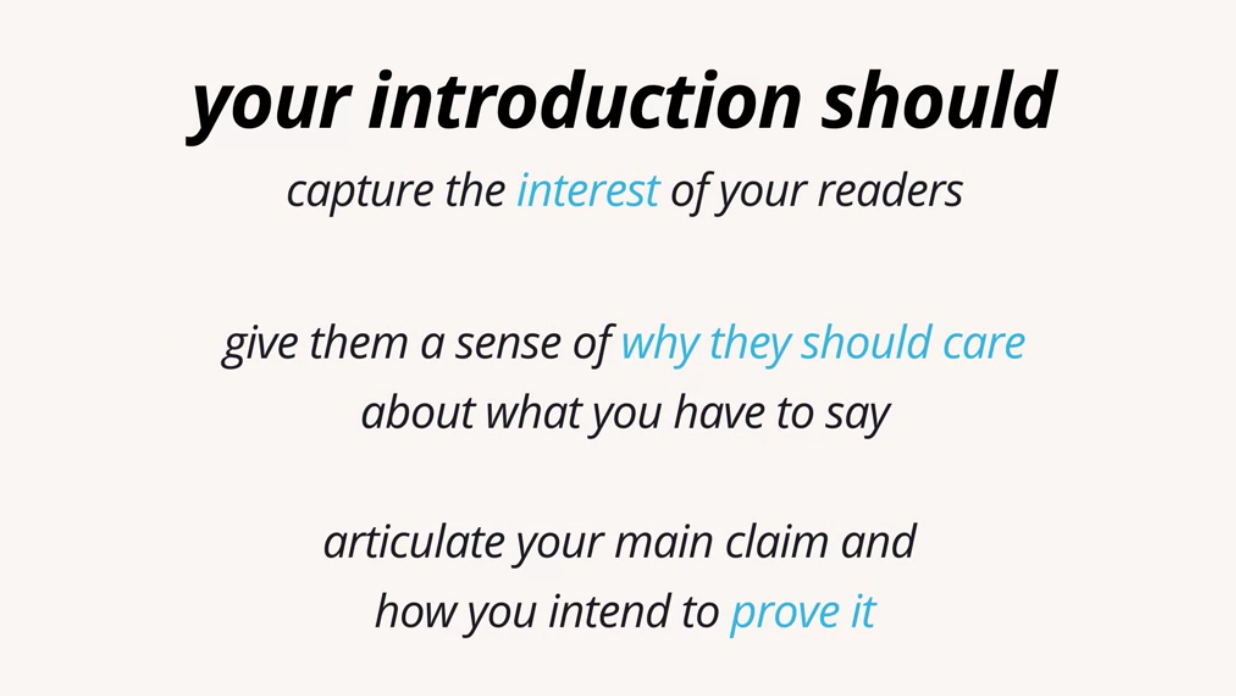
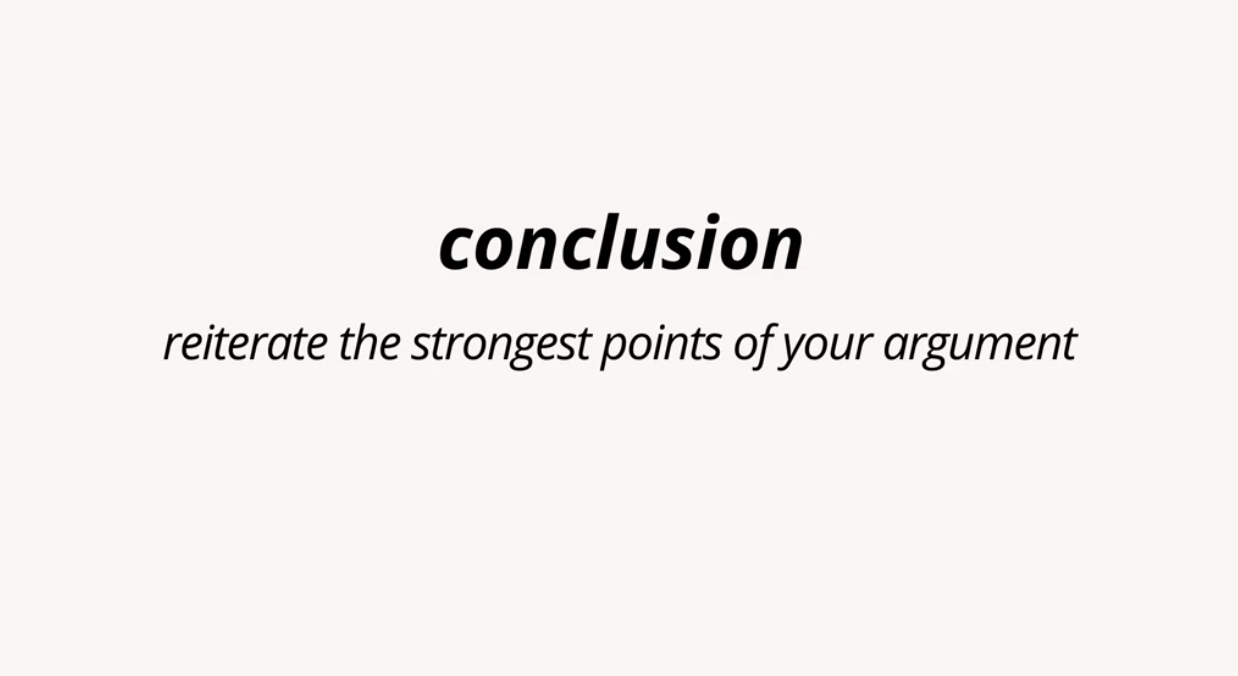
Introduction
Conclusion
9. Revise and add finishing touches
Check the organization and formatting of your paper. Proofread and use a spell-check/grammar check before turning it in.

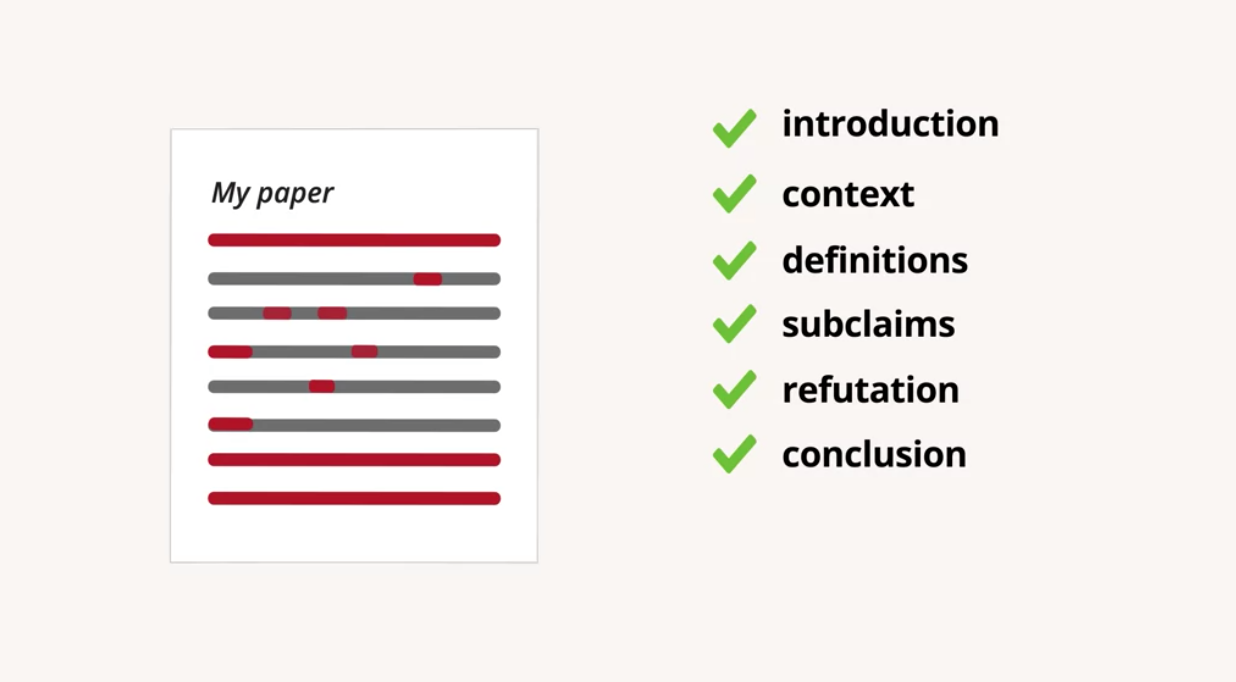
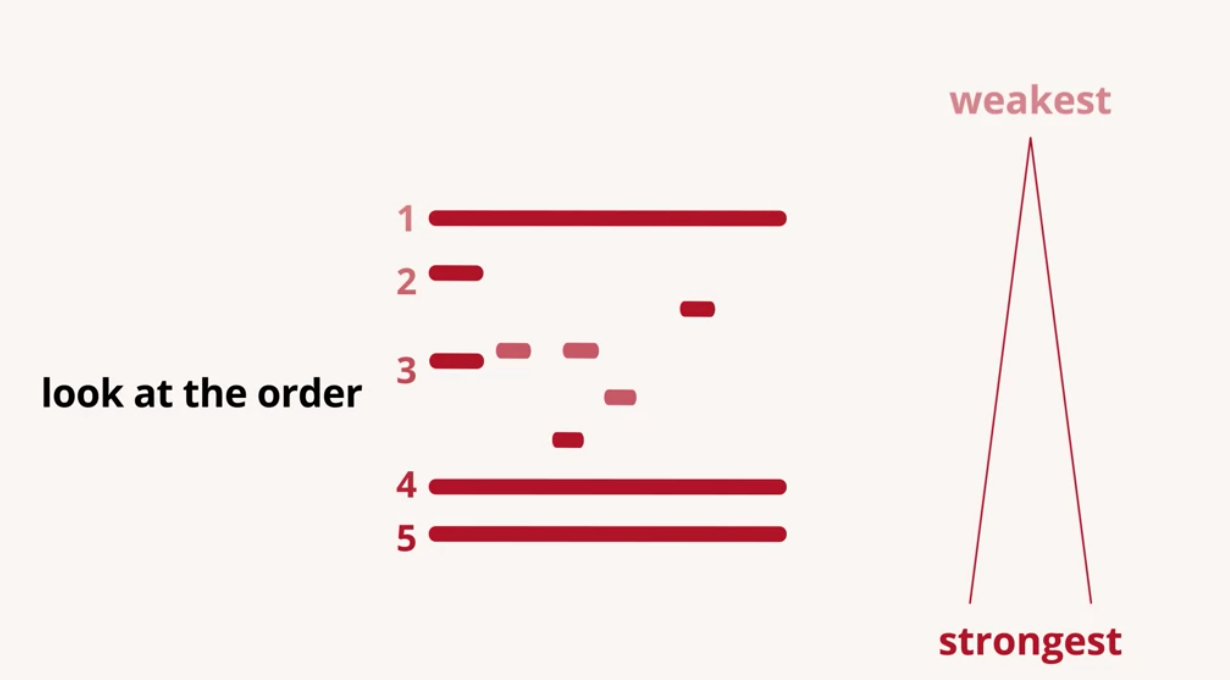

Global Revision
Basic Ideas
Organization
Cutting
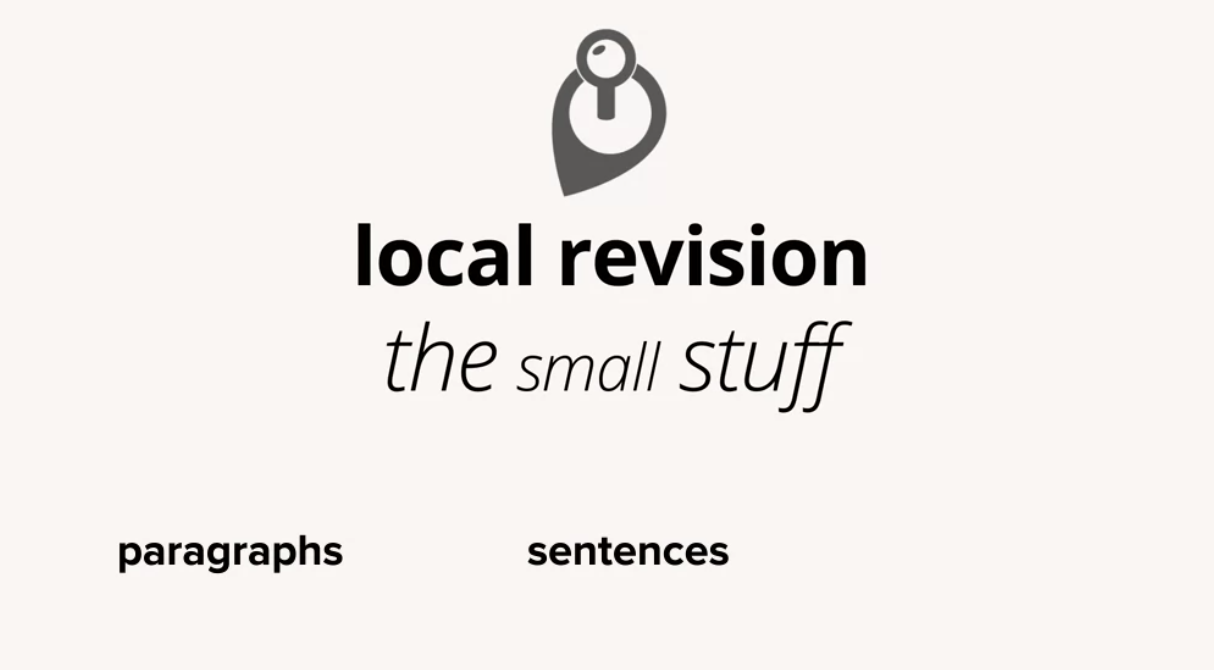
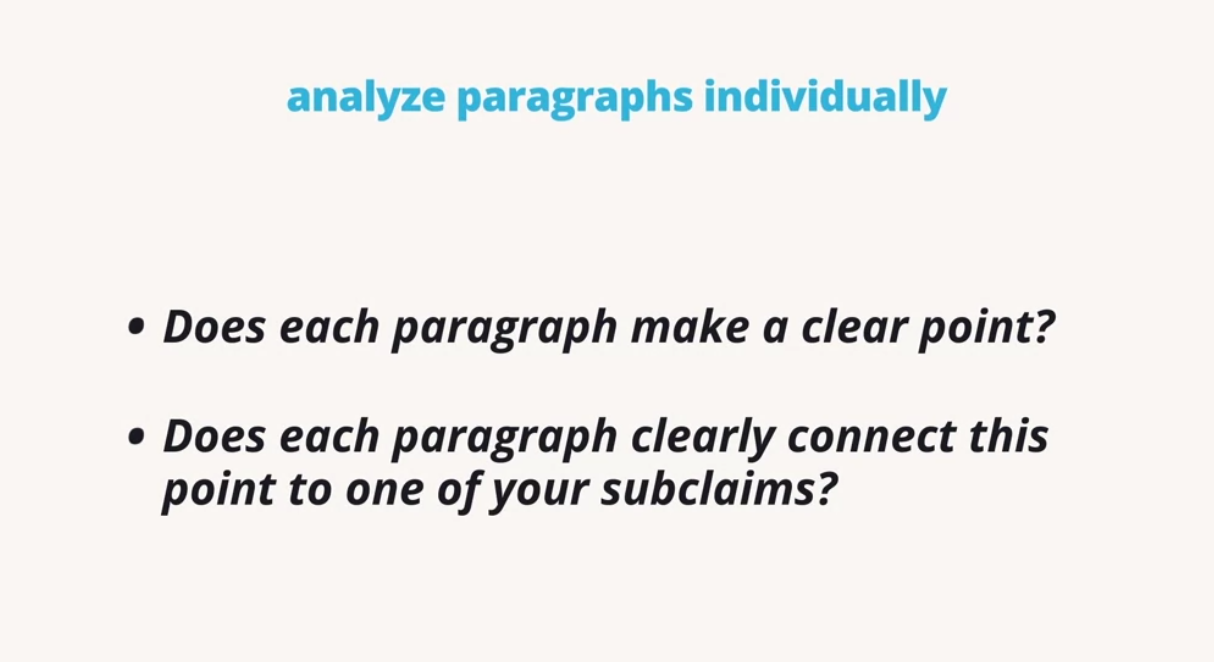
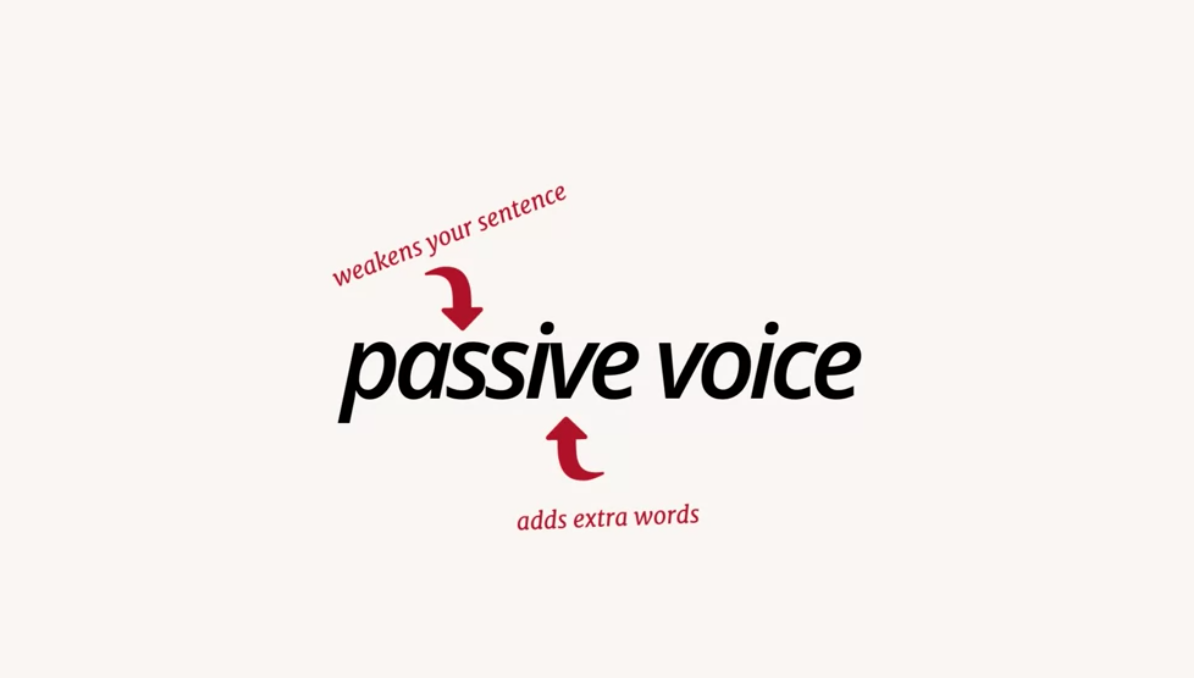
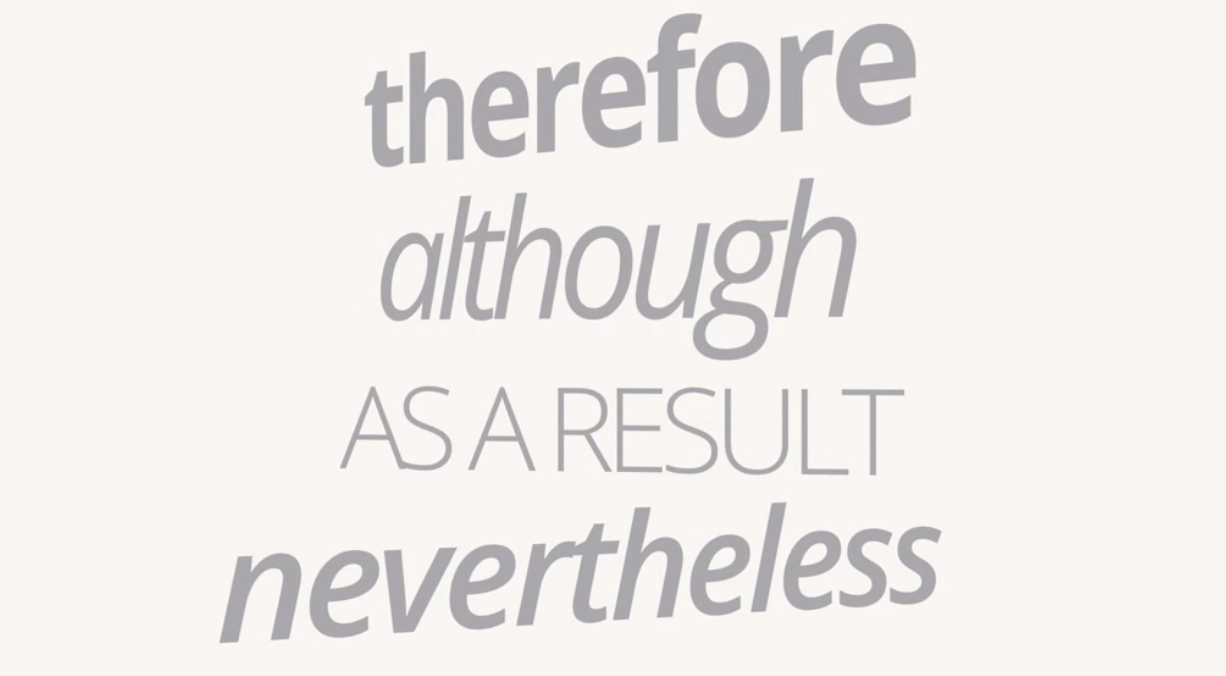
Local Revision
Paragraphs
Sentences
Words
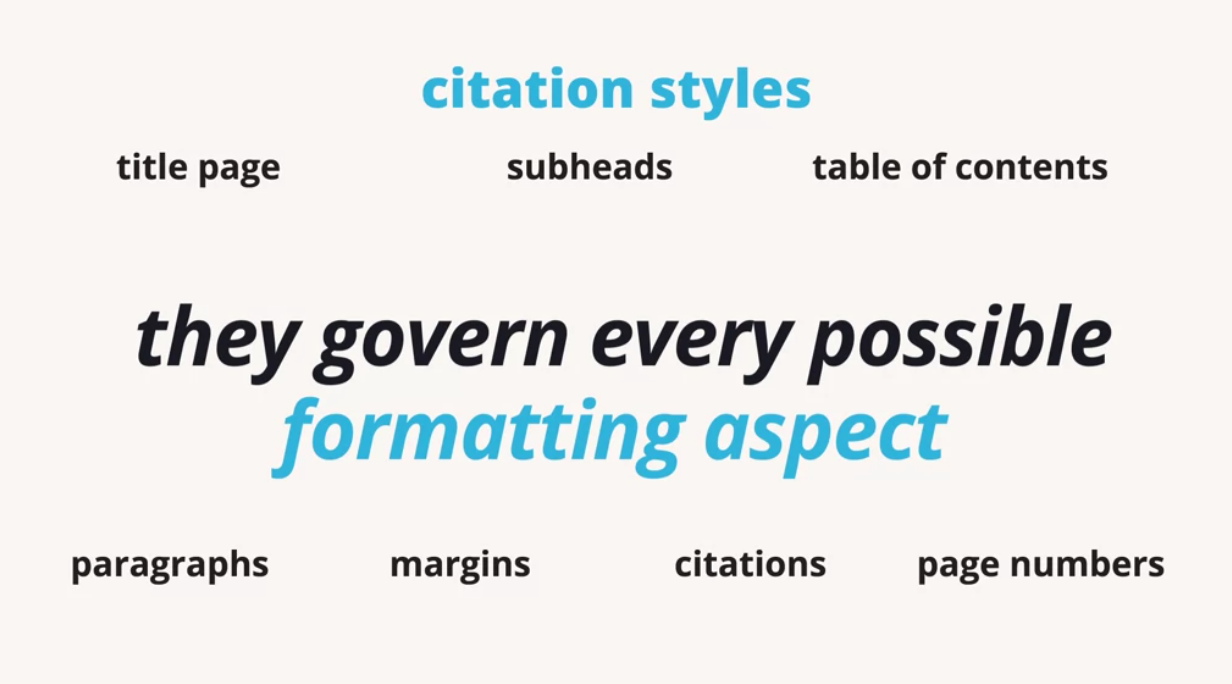
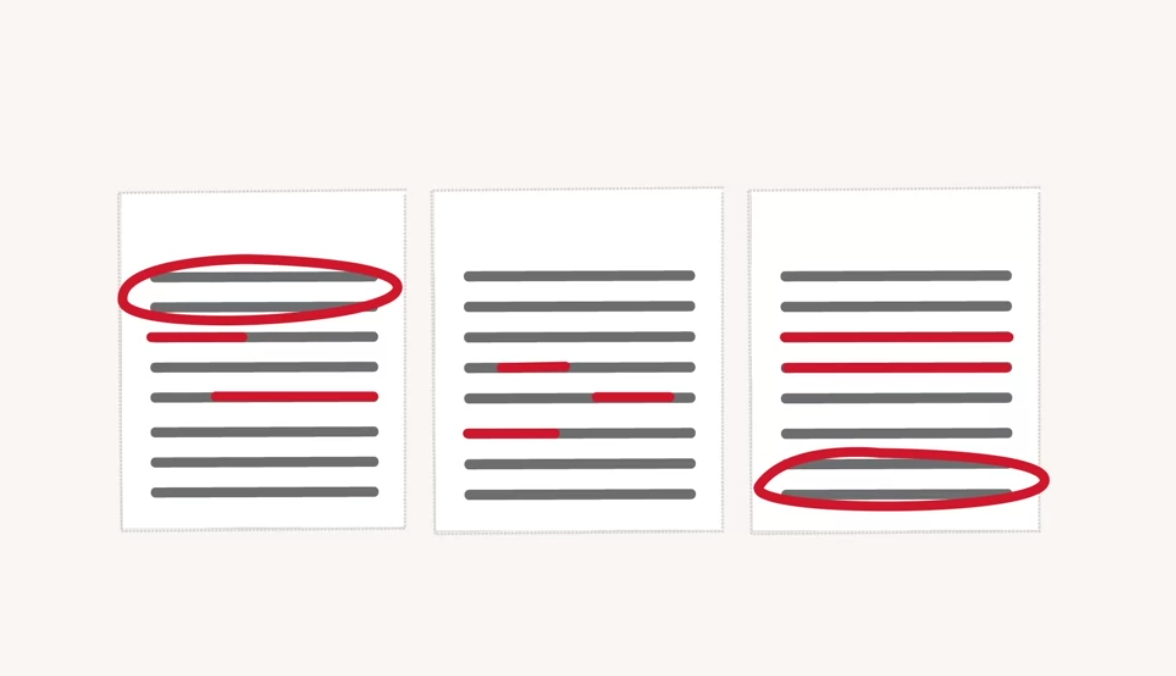
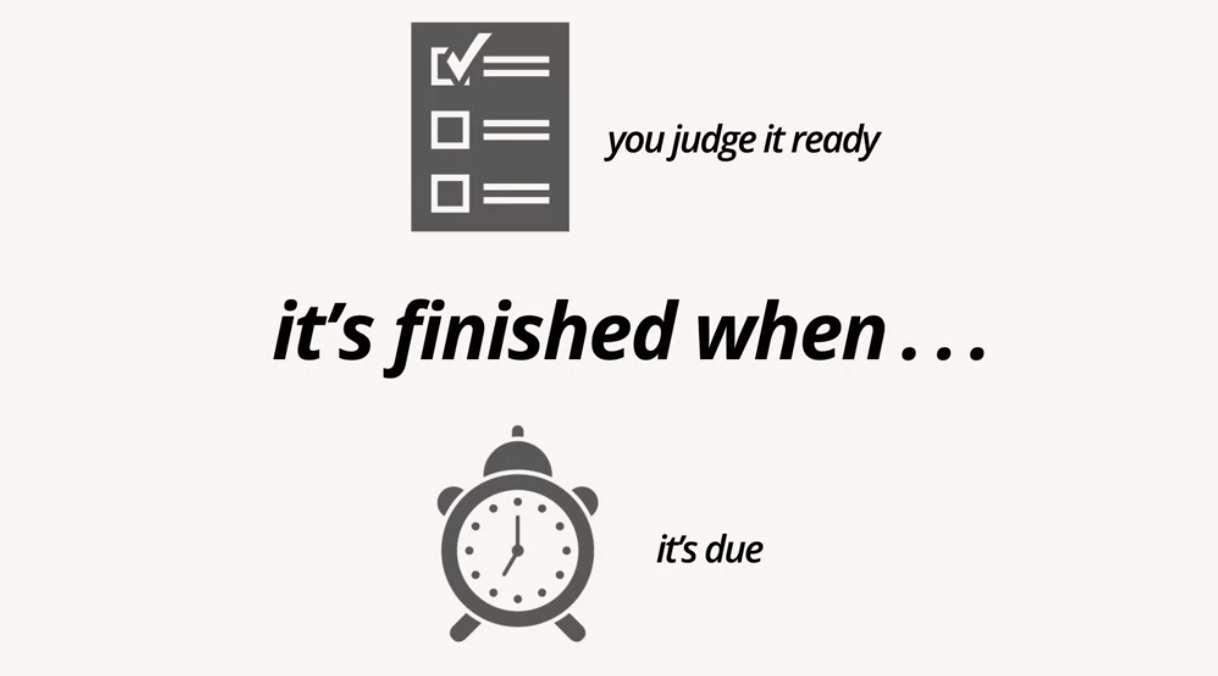

Formatting
Why Revise?
When Are You Done?
All video content retrieved from the ProQuest Research Companion
10. Check your citations and reference list
Visit the APA Style Write & Cite Guide for details on how to cite.
11. Reflection
After you’ve submitted your paper, think back on what worked well, what you learned, and what you might do differently next time.
